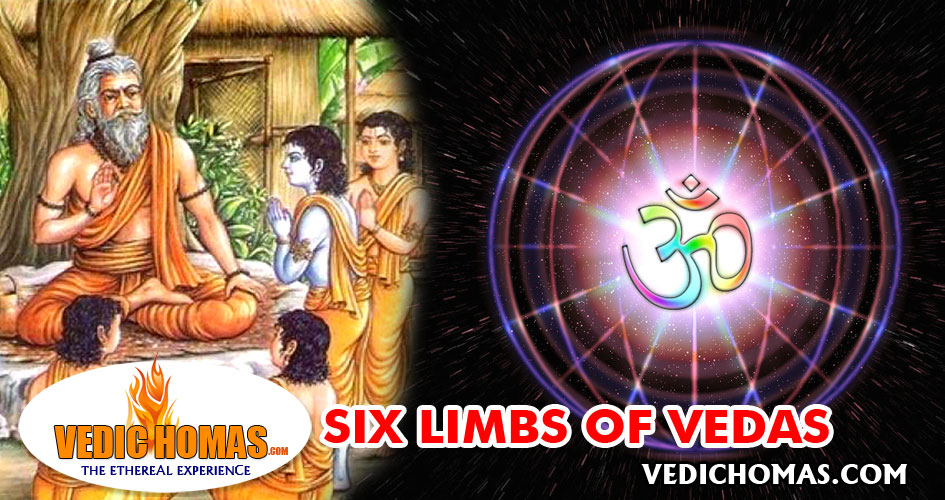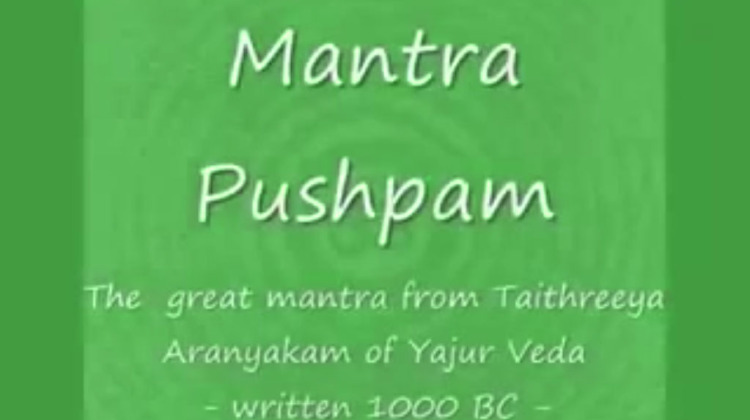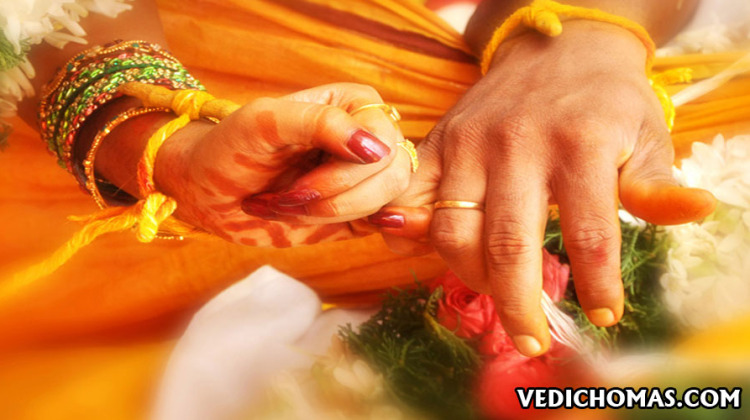Every village had a Brahmin sabha or assembly. Its membership was open to those who knew the Vedas and the Mantra-Brahmana. People guilty of certain offences and their relatives were debarred from membership. The names of candidates wanting to be members were written on pieces of palm-leaf and a child would be asked to pick one from the lot. The one whose name was inscribed on it was adopted as a member.
Details of such elections to the local assembly are mentioned in theUttaramerur Inscriptions. There were a number of divisions of the sabha to look after different subjects like irrigation, taxation, etc. All charities, whether in the form of land or money, had to be made through the sabha. So too cattle offered to the temple or the lamps to be lighted there.
The members of the sabha had to give their written consent for all this. This is how we have come to know the names of some of them. We also learn the titles conferred on some Brahmins like “Sadanganiratan” and “Sadangavi”, the latter being an eroded form of “Sadangavid” “Sad+anga +vid” = one who knows the six angas or limbs of Vedic learning. From these old inscriptions we come to know that there were many such Brahmins even in small Villages, Brahmins proficient in the “Sadanga”. That is why Vedic rites themselves came to be called “cadangu” in Tamil Nadu. The Brahmin who gave away his daughter in marriage to Sundaramurtisvami was called “Cadangavi Sivacariyar. ”
The six Angas are Siksa (Phonetics); Vyakarana (grammar); Nirukta (lexicon, etymology); Kalpa (manual of rituals); Chandas (prosody); Jyotisa (astronomy-astrology). A Brahmin must be acquainted with all. That he must be well- versed in the Vedas goes without saying. He must first learn to chant them and proficiency in the six Angas will later help him to gain insights into their meaning.
Siksa is the nose of the vedapurusa, Vyakarana his mouth, Kalpa his hand, Nirukta his ear, Chandas his foot and Jyotisa his eye. The reason for each sastra being identified with a part of the body will become clear as we deal with the Angas individually
– COURTACY: www.kamakoti.org





